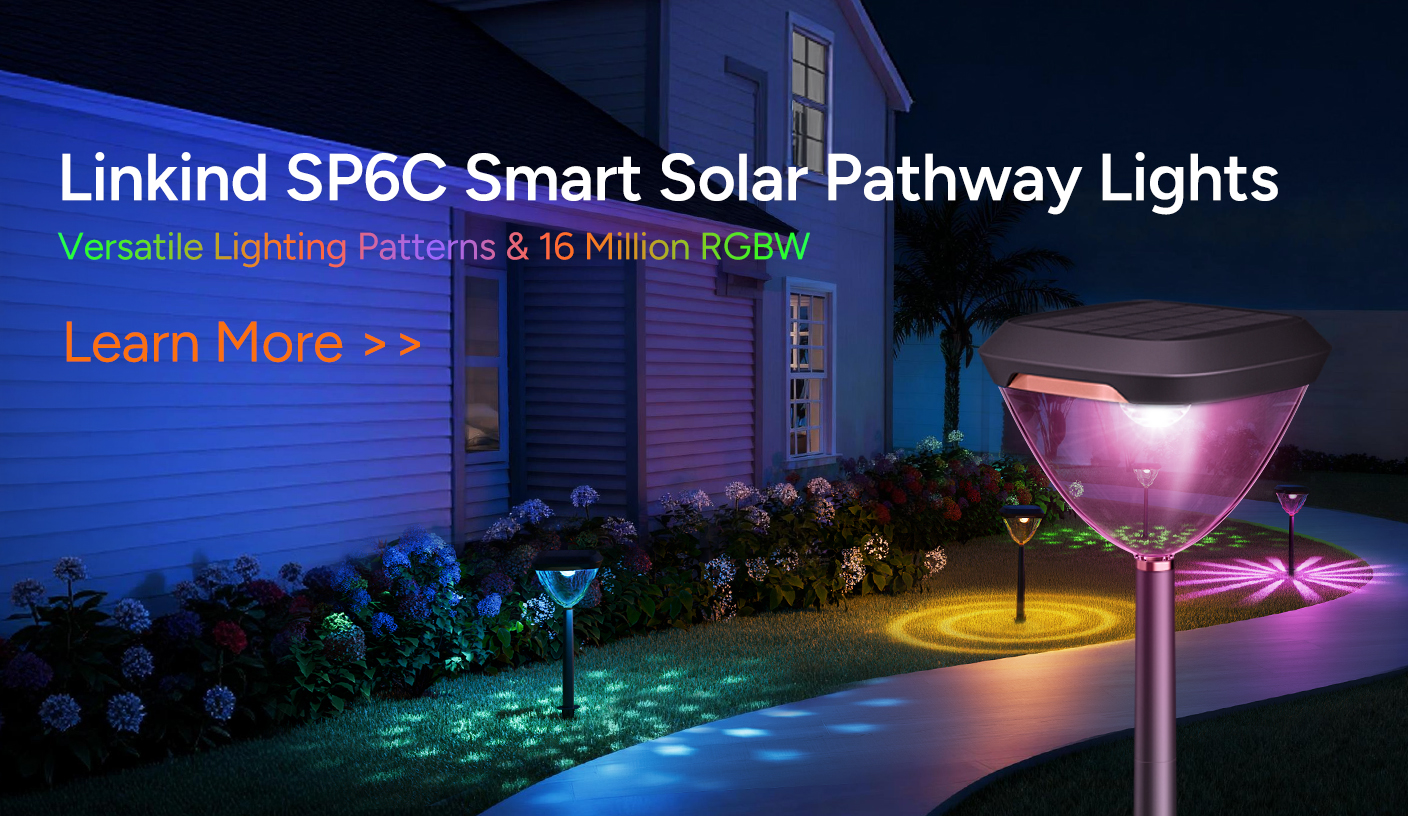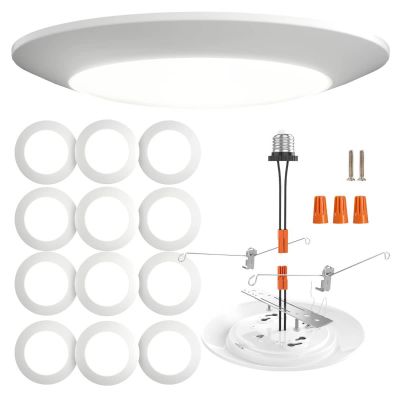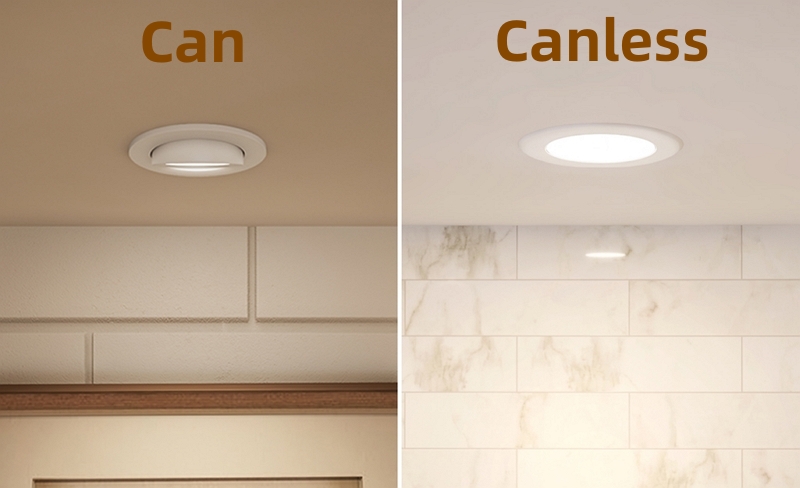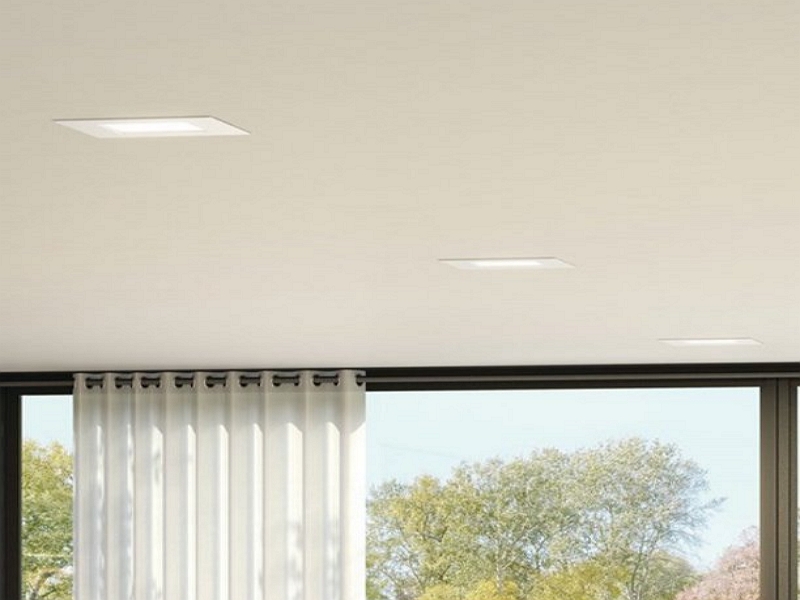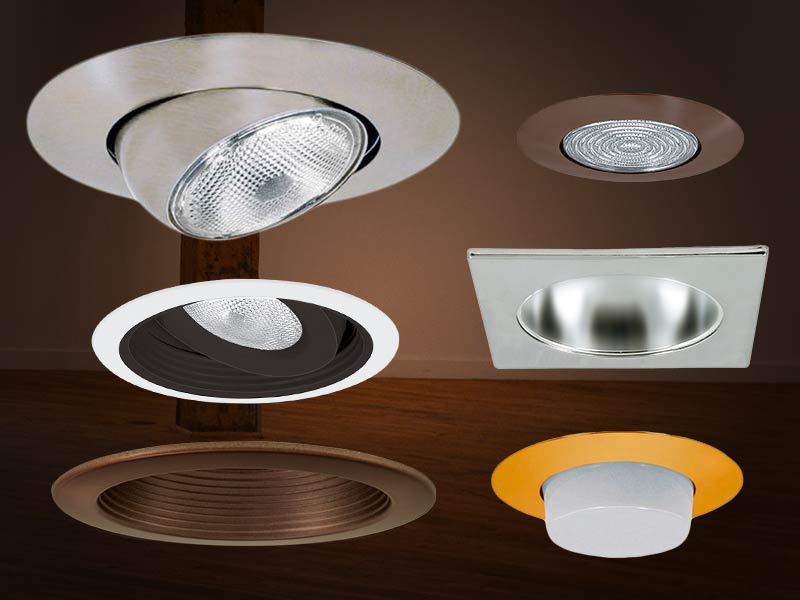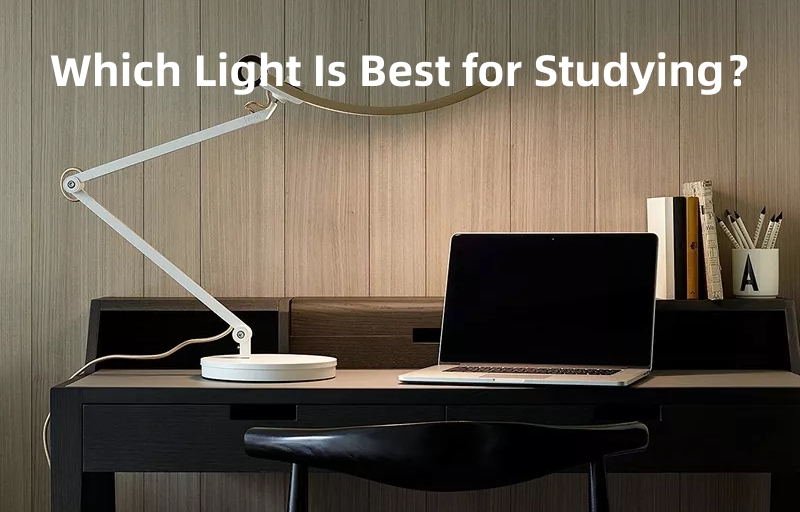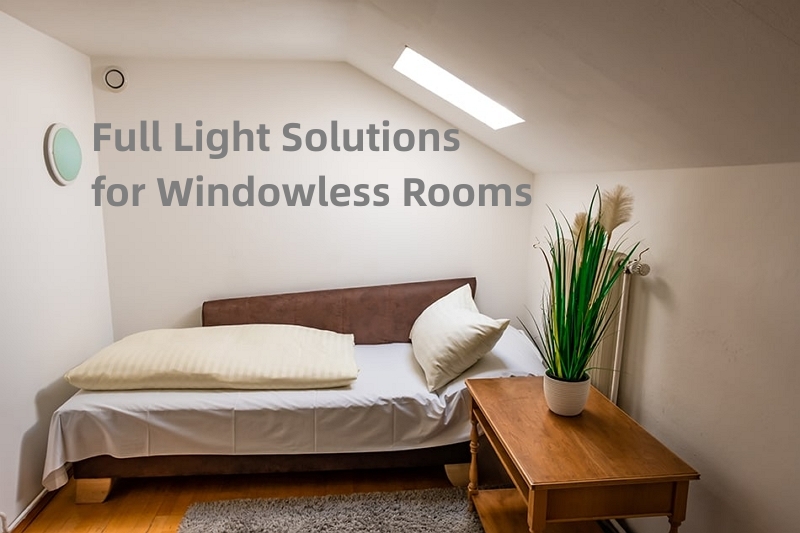Changing a light bulb in recessed lighting may seem daunting, but with a little guidance, it can be a straightforward process. Whether you're a homeowner looking to update your lighting or simply replace a burnt-out bulb, knowing how to tackle this task can save you time and money.
In this article, we will provide you with guidance on how to change a recessed light bulb and walk you through the steps of the process. Keep reading.
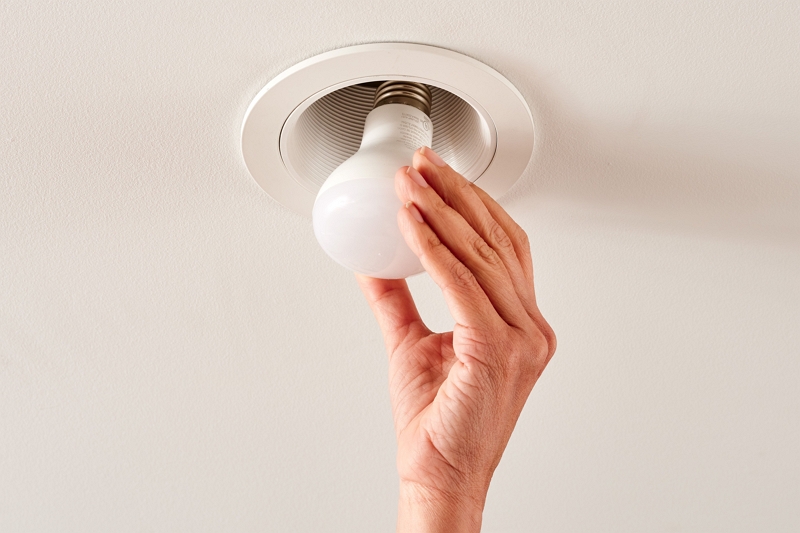

Part 1. An Overview of Recessed Lighting
Recessed lighting, also known as can lights or downlights, is a popular option that offers a sleek and modern look to residential and commercial spaces. By installing light fixtures into the ceiling or wall, recessed lighting creates a seamless and unobtrusive appearance.
Its space-saving design, flexibility in lighting direction, and ability to blend seamlessly with the surroundings make it a popular choice for enhancing the ambiance and functionality of various rooms. However, when these lights run out of life, you must know how to change a recessed light bulb to restore the lighting.
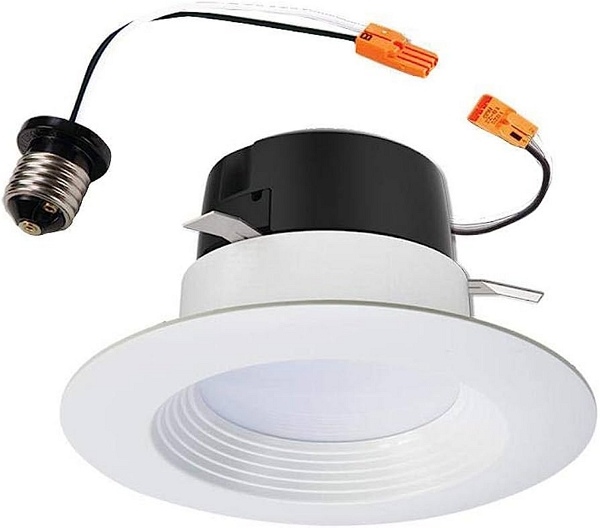

Types
Before we can answer how to change a recessed light bulb, you must be aware of the various recessed lights available. Several types of recessed lighting are available, each offering unique features and benefits. Here are the most common types:
- Traditional Incandescent/Halogen: These recessed lights use incandescent or halogen bulbs. They are the most common type and provide a warm and dimmable light. However, they are less energy-efficient, have a shorter lifespan, and generate more heat than other options.
- LED (Light-Emitting Diode): LED recessed lights have gained popularity due to their energy efficiency, long lifespan, and versatility. They are available in various color temperatures, including warm white, cool white, and daylight. LED lights consume less energy, produce less heat, and can be dimmable, making them an excellent choice for residential and commercial applications.
- CFL (Compact Fluorescent): CFL recessed lights are more energy-efficient than incandescent lights. They produce bright, white light and have a longer lifespan. CFL lights require a short warm-up time to reach full brightness but are generally less popular than LED options.
Advantages
- Aesthetics: Recessed lights are installed flush with the ceiling, creating a clean and discreet appearance. They blend seamlessly with the decor and architecture of a room.
- Versatility: Recessed lighting can be used in various spaces and for different purposes. They are commonly used for general, task, or accent lighting, allowing you to highlight specific areas or objects.
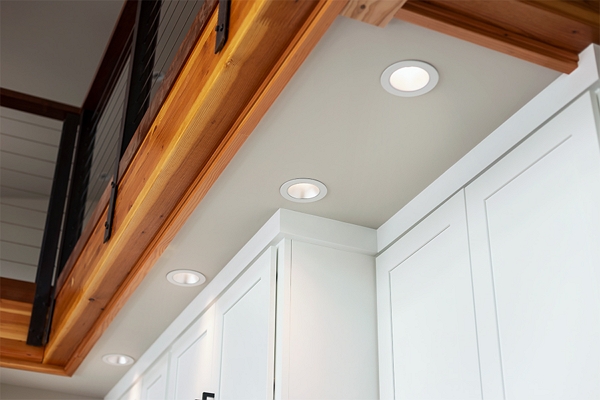

- Space-Saving: Since recessed lights are installed within the ceiling, they don't take up any additional space or create clutter. This makes them ideal for rooms with low ceilings or limited space.
- Directional Lighting: With adjustable trims, recessed lights offer the flexibility to direct the light where it's needed most. This feature is particularly useful for highlighting artwork, architectural features, or specific areas in a room.
Disadvantages
- Installation Complexity: Recessed lights require cutting holes in the ceiling, electrical wiring, and precise placement to ensure proper lighting distribution.
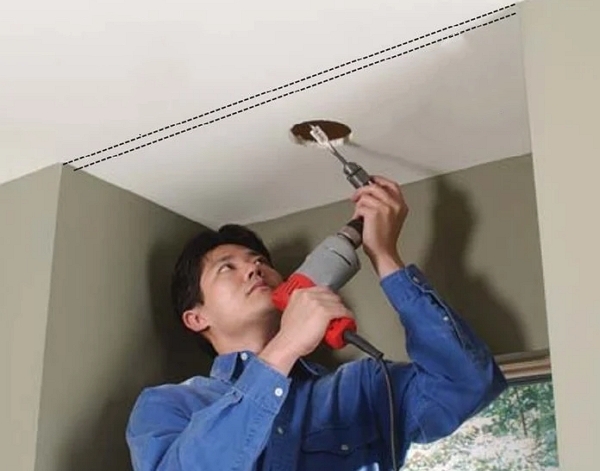

- Potential Heat Buildup: Some recessed lights can generate significant heat. This heat buildup can pose a fire hazard if insulation or other combustible materials come into contact with the fixture.
- Limited Illumination Area: Depending on the size and type of recessed light, it may provide focused illumination rather than evenly dispersing light throughout the room. This can create shadows or dark spots, requiring multiple fixtures to achieve sufficient brightness.
Part 2. How to Change a Recessed Light Bulb?
Here are a few simple steps to guide you on how to change a light bulb in recessed lighting:
Step 1. Before starting, ensure that the power to the recessed light fixture is turned off at the circuit breaker to avoid the risk of electric shock.
Step 2. Most recessed lights have a trim that holds the bulb in place. Gently grasp the trim and pull it down or twist it counterclockwise to remove it. Some trims may have springs that must be compressed before they can be detached.
Step 3. Once the trim is removed, you'll have access to the bulb. Carefully grasp the bulb and twist it counterclockwise to release it from the socket. If it's a halogen bulb, avoid touching it with bare hands, as the oils from your skin can cause it to heat unevenly and reduce its lifespan.
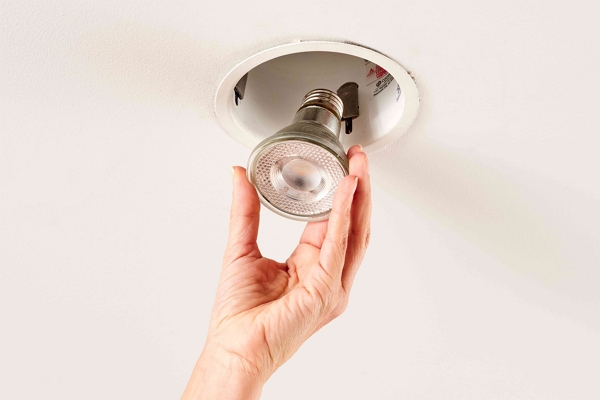

Step 4. Determine the correct type and wattage of the replacement bulb. Consider energy-efficient options like LED bulbs.
Step 5. Take the new bulb and align the base with the socket. Gently push and twist the bulb clockwise until it is securely in place. Ensure it is properly seated and not loose.
Step 6. Align the trim with the recessed fixture and push it up or twist it clockwise to lock it into position. If there are springs, ensure they engage correctly to securely hold the trim.
Step 7. Once the bulb is replaced and the trim is reattached, turn the power back on at the circuit breaker. Test the recessed light by flipping the light switch to ensure the new bulb works properly.
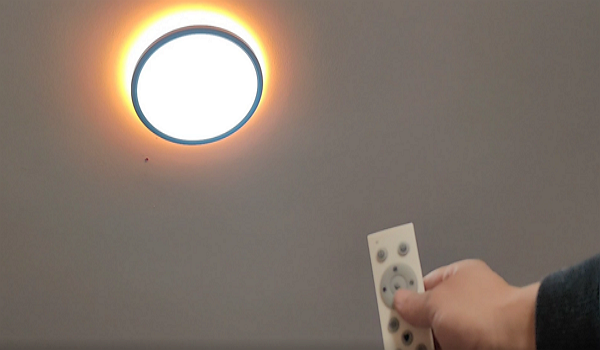

Bonus 1. Tricks on How to Change a Recessed Light Bulb
1. Use a Vacuum or a Long Attachment: If the recessed light fixture is high on the ceiling, it can be challenging to reach the bulb. Attach a vacuum cleaner with a long attachment or use a bulb changer kit with an extended pole to safely remove and replace the bulb without needing a ladder.
2. Wear Gloves or Use a Cloth: When handling bulbs, especially halogen bulbs, wear gloves or a cloth to avoid direct contact with the bulb. Gloves or a cloth provide a better grip when twisting the bulb in or out.
3. Utilize a Mirror: In some cases, recessed light fixtures may be positioned in a way that makes it difficult to see the bulb. Use a small mirror to better view the socket and bulb.
4. Ask for Assistance: If you're having trouble reaching the recessed light fixture or dealing with a particularly stubborn bulb, don't hesitate to ask someone for assistance.
Bonus 2: Looking No Further Than This Recessed Light!
Knowing how to change a recessed light is great, but you must also ensure to go for a high-quality light that lasts a long time. So, here is one of the best options in recessed lights you can get for your home - The AiDot Orein Smart RGBWW Recessed Lights, and it comes with impressive features:
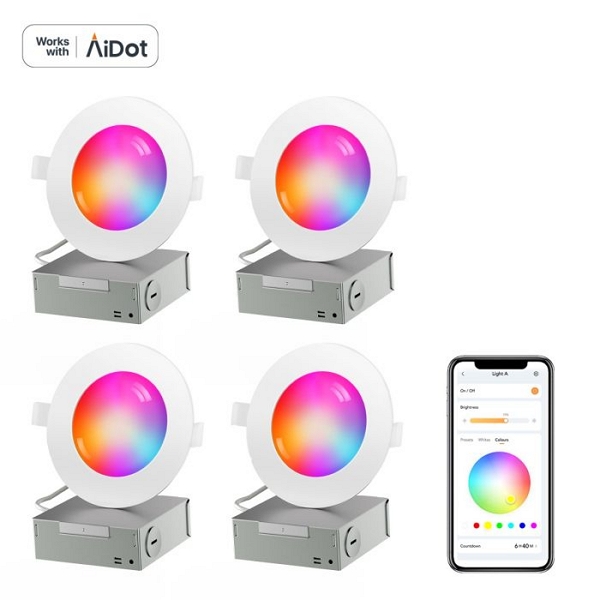

- Creates multiple scenarios or lighting presets for different moods or activities.
- Adjusts the color temperature to align with your body's natural sleep-wake cycle.
- Supports group control, i.e., controlling multiple lights simultaneously.
- Automatically turns on/off or changes colors based on your preferred routine.
- Works with the AiDot app and smart voice assistants like Amazon Alexa or Google Assistant.
[Bonus Now]: Here is an exclusive coupon code only found in blog posts. Save it now (AiDotBG01) and get 10% off at AiDot mall!
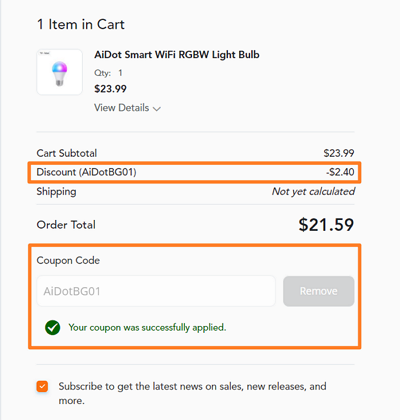

Conclusion
Hopefully, now you are clear on how to change a recessed light bulb. Changing a recessed light bulb can be straightforward when following a few simple steps. Make sure to follow all safety precautions and choose the bulb carefully according to your preferences. With these guidelines, you will soon be an expert on how to change a light bulb in recessed lighting.
There is a range of options to choose from at AiDot. You can visit AiDot’s website to browse their lighting solutions and choose the perfect one for your home.












